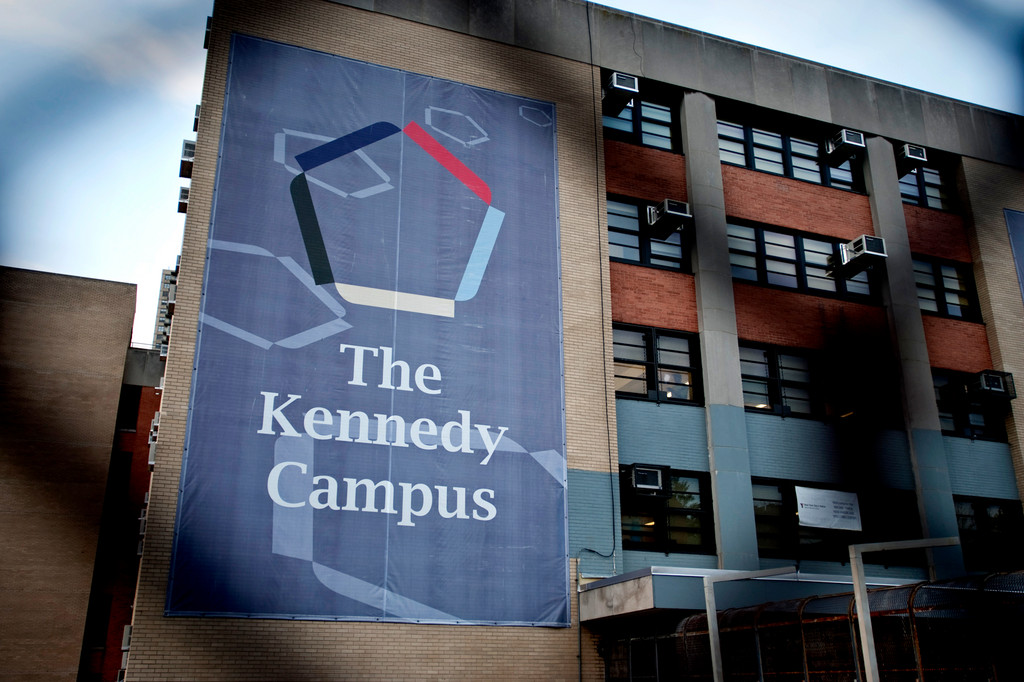City wants to phase out John F. Kennedy High School
The Department of Education announced on Monday a proposal to phase out John F. Kennedy High School by June 2014.
“Year after year, even as we provided extra help and support, these schools simply have not gotten the job done for children,” Deputy Chancellor Marc Sternberg said in a statement on the schools the City has proposed for phase outs.
By Tuesday, Kennedy was among 26 schools in that category.
If the plan is approved, JFK will stop accepting incoming freshman next fall, allowing students in the upper grades to graduate until there are no students left.
The DOE is proposing two new schools to take Kennedy’s place, which would begin enrolling students next fall.
The Panel for Educational Policy, whose members are appointed by Mayor Michael Bloomberg and the borough presidents, will vote on the Kennedy phase-out the first week of February, according to a DOE report.
Currently educating 1,159 students, according to the DOE, JFK opened its doors in 1972 and was seen as a blessing in the neighborhood. However, in 1985 the school’s enrollment swelled to around 6,000 and 75 teachers signed a letter to The Press to protest the “deplorable” conditions.
The school’s troubles really took off in the 1990s. Graduation rates plummeted and the school was the center of much police and gang activity. Repeated bomb threats, drug use, violence and low graduation rates plagued the institution. In 1999, plans were rolled out to divide the Kennedy campus into seven institutes, each organized around a theme. A few months later, rumors began circulating that the school was going to be shut down.
Metal detectors were installed in the fall of 2002 after a student was stabbed to death outside.
The school was identified by the DOE as Persistently Lowest Achieving in 2008-2009 and made headlines when a state Comptroller’s audit revealed that former Principal Anthony Rotunno allowed the theft of student-raised funds. The number of students applying to the school has dropped by 1,500 since 2005, according to the DOE.






